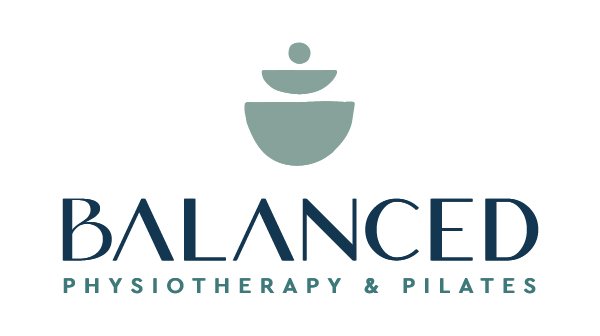Endometriosis
Endometriosis is a common condition that affects 2-10% of (or 176 million) women worldwide.
Definition:
The presence of the endometrium outside the uterine cavity accompanied by chronic inflammation.
These endometrial lesions are mainly found in the pelvis, but can also occur in other sites around the body including the lungs, brain, joints and muscles. The presence of endometrial-like tissue outside of the uterus can cause fibrosis, adhesions and connections between surfaces where there should be no connection. This can in turn result in pain and anatomical distortions.
Most (66%) of women will experience their first symptoms before the age of 20 and these can include:
Painful periods
Deep dyspareunia (pain during intercourse)
Pain when emptying bowels
Infertility
Unfortunately, diagnosis can be delayed, and on average it can take 8-10 years between onset of symptoms and diagnosis. Laparoscopy is currently the gold standard for diagnosis, but it is reported that 21-66% of women may receive a false negative.
Management of endometriosis is multidisciplinary and can include surgical, medical, physical and nutritional management. Surgical management can include the removal of lesions and at times hysterectomy. Medical management can include medical therapies to control hormones. Nutritional therapy includes diet management to limit foods associated with increasing inflammation.
Physiotherapy management of women with endometriosis addresses the function of the pelvic floor. It is common for women with endometriosis to have pelvic floor muscle dysfunction either related to overactive or shortened pelvic floor muscles. These issues with pelvic floor muscles can then create pain. It is thought that the dysfunctional pelvic floor muscles seen in women with endometriosis can actually be the perpetuating factor in the ongoing pain these women have.
Physiotherapy management therefore involves addressing the dysfunction of these muscles in order to try and break the pain cycle. This can look like addressing and re-training breathing patterns, pelvic floor muscle downtraining, improving awareness of pelvic floor muscles, improving pelvic floor muscle coordination. Physiotherapy can also help address tightness in surrounding muscles and joints which can develop and also cause dysfunction and pain.
